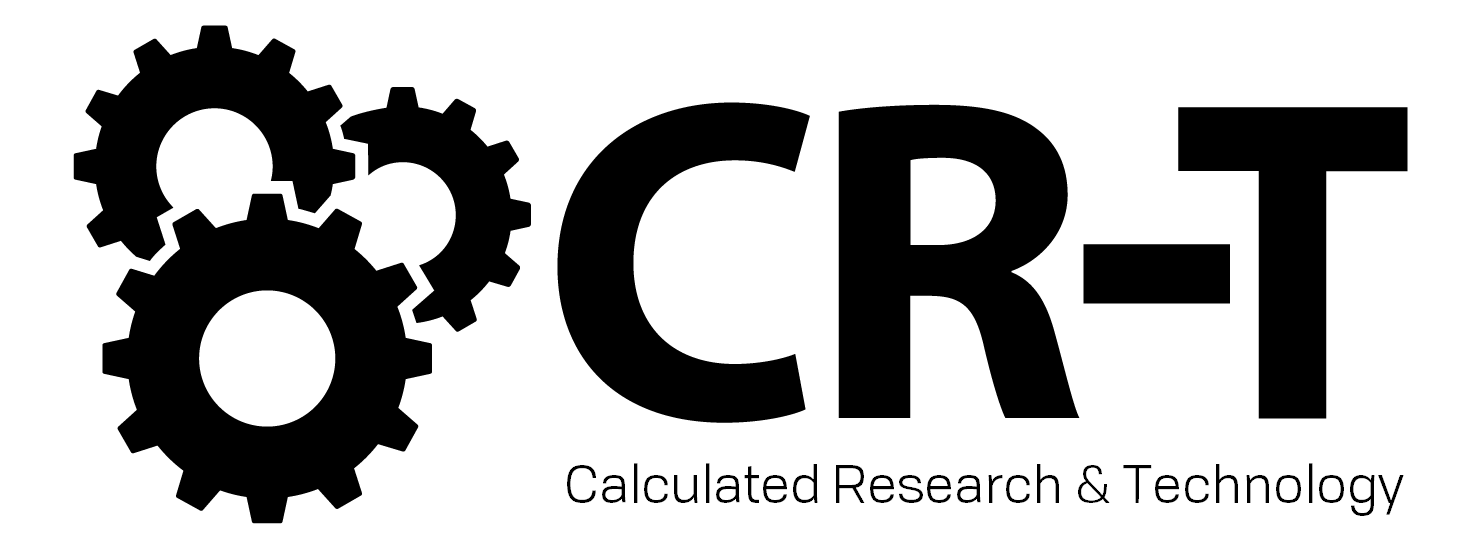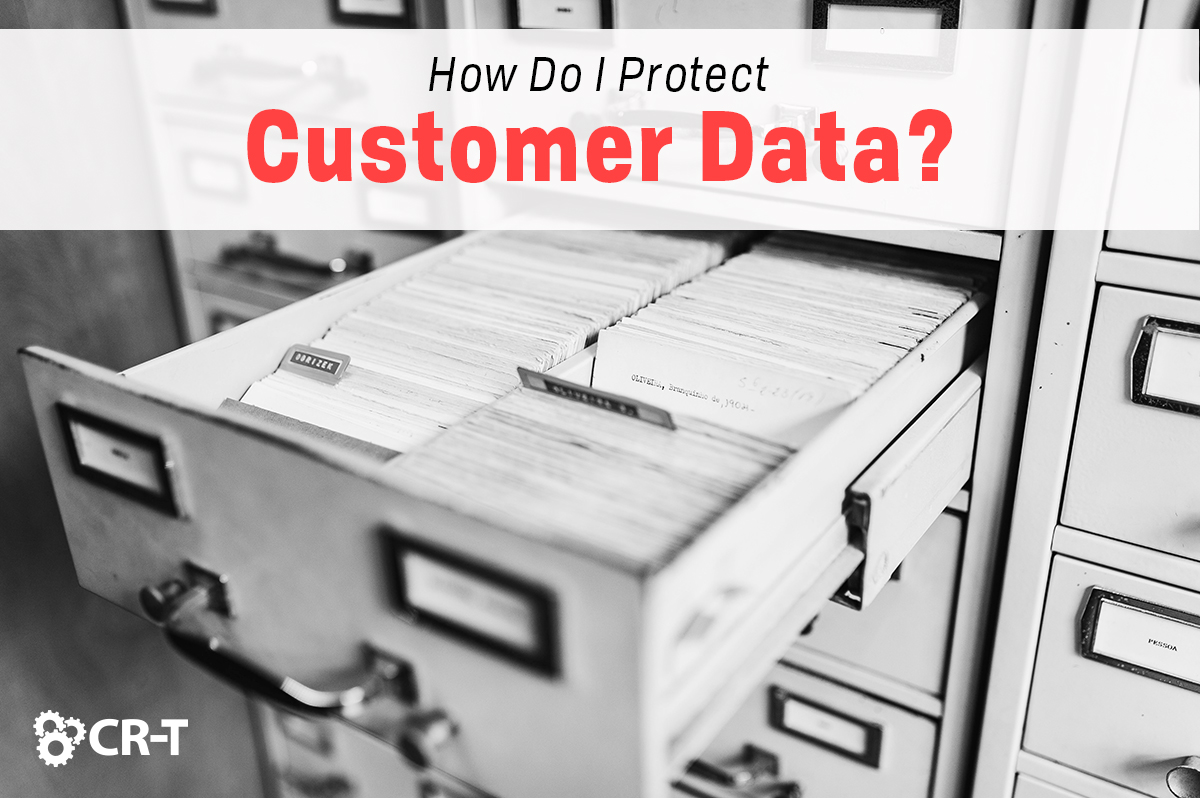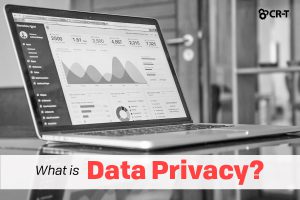In an age where high-profile companies like Target and Facebook are susceptible to data breaches, it’s more important than ever that you learn how to protect your customer data.
So what’s the best way to maintain trust as you fend off hackers?
Here are just a few steps that you can take right now to strengthen your organization’s security.
Install and Update the Right Security Software.
Antivirus software is your first line of defense, but you have to make sure that it’s regularly updated.
Because hackers are constantly revising their tactics, your best chance of protecting customer data is by updating your cybersecurity software frequently.
Conversely, forgetting to patch and update your software leaves the backdoor open for hackers and increases your vulnerability.
Scheduling updates might be annoying, but the benefits far outweigh the few minutes of minor inconvenience.
Keep Only the Data You Need.
Take a look at your customer data and decide which information you absolutely need to store.
For example, customer names might be important, but do you really need the birth date for every customer in your database?
Consider purging any data that doesn’t relate directly to your business. Sensitive customer information, like credit card information, is especially dangerous to store, so make sure you only save the information you absolutely need.
In addition, get in the habit of removing customer data once the information is no longer relevant. And make sure you destroy any physical hard copies before disposing of them.
Limit Access to Customer Data.
In addition to limiting the kinds of information you store, make sure you’re also limiting who has access to that customer data.
Implement solutions like Network Access Control (NAC) so that employees only have access to the data they need to do their jobs.
You’ll also want to make sure you’re following compliance laws like GDPR and CCPA.
Train Employees on Best Practices.
Your employees are often the weakest link between customer data and a security breach.
So one of the most important things you can do to reduce your vulnerability is to get your employees on board.
Train your employees on cybersecurity best practices like Network Access Control (NAC), Multi-Factor Authentication (MFA), and recognizing phishing emails. Create a cybersecurity plan for your organization and then present the plan to your employees.
Make sure everyone understands their role for promoting cybersecurity within the workplace.
Test for Vulnerabilities.
Are you familiar with your system’s vulnerabilities? Do you know where the gaps are in your cybersecurity?
Continuous testing won’t necessarily make you immune to a cyber attack, but it will help you gain visibility into the strengths and weaknesses of your network.
Consider bringing in outside cybersecurity experts to evaluate your system and provide recommendations for ways you can bolster your security.
Knowing about these weaknesses early will give you the time you need to make changes before a real attack hits.
Be Transparent About Cybersecurity.
Finally, make sure your customers know exactly what you’re doing to keep their data safe.
Create a systemized plan for transparency, including regularly updating customers on their security and giving them options for sharing their data. Be straight and to the point.
The greater your efforts to protect customer data, the more your customers will trust you.
Final Thoughts
Data privacy is becoming a greater issue than ever before, and many companies are struggling to keep their customer data secure.
But by remaining transparent and following cybersecurity best practices, you can minimize the chances of a cyber attack and gain the trust of your clients.
We have a team full of cybersecurity experts who can help you identify your vulnerabilities and bolster your security. Schedule a free consultation to learn how you can take your cybersecurity to the next level.
Blog & Media
Cloud Services
Managed IT Support
Cyber Security
Project Services
Servers/Infrastructure
Firewalls
Networking
Hardware/Software
Microsoft Products/Cloud
Amazon Web Services
Penetration Testing vs Vulnerability Scanning
If you’re responsible for managing the security of your organization’s network or systems, you may have heard the terms “penetration testing” and “vulnerability testing” thrown
Backup and Disaster Recovery
Your organization can’t afford to neglect backup and disaster recovery. If it takes your business too long to get back online after a disaster, you
6 Steps to Secure Customer Data
Securing customer data is essential for one major reason: your business depends on it. As an IT director, you recognize the importance of cybersecurity when
5 Steps to Promote Compliance in the Workplace
You’re familiar with the ever-changing world of regulatory compliance. Robust compliance enables you to avoid legal liabilities while improving your organization’s effectiveness. And many of





